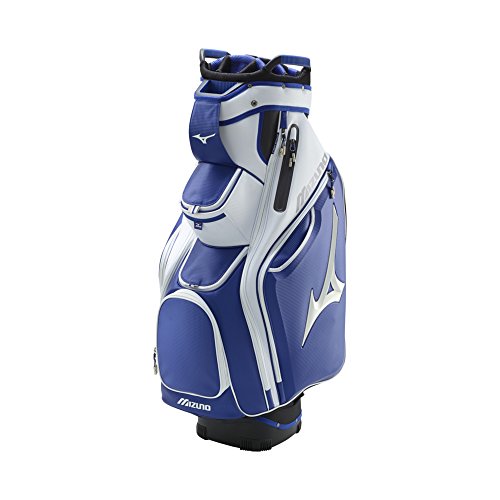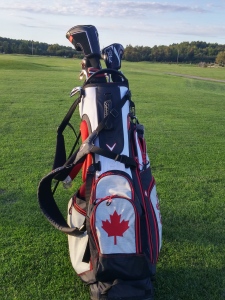What are Disc Golf Bag Tags?
Disc Golf Bag Tags are small physical tags with numbers on them that are displayed on a disc golf bag. They are used in Tag rounds, which are a staple of the disc golf community, to represent a player’s rank within the bag tag structure and facilitate friendly competition and skill improvement.
Bag tags can be made from leather, metal, wood, or plastic and are individually engraved with the player’s number. They serve as a way for players to connect with others in the disc golf club and challenge each other during casual or league play. Bag tags are an essential part of the disc golf experience, promoting camaraderie and friendly competition among players.
Definition Of Bag Tags
Bag tags, as the name suggests, are physical tags that can be attached to a disc golf player’s bag. They are typically made from leather, metal, wood, or plastic and are individually engraved with a unique number. This number represents the player’s rank within a bag tag structure, which is often determined by a ranking system or a series of competitive matches.
The concept of bag tags originated as a way for players to challenge each other and encourage friendly competition within the disc golf community.
Purpose And Importance Of Bag Tags
Bag tags serve several purposes in the disc golf community. Firstly, they provide a visual representation of a player’s rank and status within the club. Displaying a bag tag on a player’s bag allows others to easily identify their position in the club’s hierarchy. This not only encourages friendly competition but also helps players connect with one another and build camaraderie.
Secondly, bag tags create an opportunity for players to challenge each other during casual or league play. If a player with a lower tag number challenges a player with a higher tag number and wins, they can “tag up” and exchange tags, thus moving up in rank. This system motivates players to improve their skills and strive for a higher ranking within the club’s bag tag structure.
Materials And Designs Of Bag Tags
Bag tags are available in a variety of materials and designs to suit different preferences and aesthetics. Some popular materials include:
- Leather: Provides a classic and rustic look
- Metal: Offers durability and a sleek appearance
- Wood: Gives a natural and unique feel
- Plastic: Provides affordability and a wide range of colors and designs
The designs of bag tags can vary from simple and minimalist to intricate and personalized. Some players choose to customize their bag tags with unique engravings, colors, or artwork to reflect their individual style or represent their disc golf club or organization.
How Do Bag Tags Work?
Bag tags in disc golf are a unique way for players to engage with each other and add an element of competition to their game. In this section, we’ll explore how bag tags work, including acquiring tags, displaying and carrying them, and challenging other players. Let’s dive in!
Acquiring Bag Tags
To acquire bag tags, you typically need to join a disc golf club or organization that organizes tag rounds. These rounds are an opportunity for players to compete against one another and improve their skills.
Membership fees or annual dues are often required to participate and receive a bag tag. The number on the bag tag represents your rank within the tag structure, with lower numbers indicating higher rankings.
Displaying And Carrying Bag Tags
Bag tags are meant to be displayed on your disc golf bag, allowing others to see your rank within the community. The tags themselves can be made from various materials such as leather, metal, wood, or plastic. Ensure your bag has a visible attachment point to display the tag securely. Carrying the bag tags with pride is an essential part of
participating in tag rounds and showcasing your position within the community.
Challenging Other Players
Bag tags create a friendly yet competitive atmosphere in disc golf. During casual or league play, any player can challenge another player if their tag rank is just one above the opponent. The lower-ranked player has the opportunity to challenge the higher-ranked player to a match.
If the lower-ranked player wins, they exchange tags, and the rankings are adjusted accordingly. This aspect of tag rounds encourages friendly rivalry and motivates players to strive for improvement.
Bag Tag Etiquette And Rules
Disc Golf Bag Tags are engraved with a number representing your rank within the tag structure, and they are meant to be displayed on your bag. Tag rounds are a fun way to challenge others and improve your skills within the disc golf community.
Rules For Bag Tag Rounds
When participating in bag tag rounds, it’s important to understand and follow the rules to ensure a fair and enjoyable experience for everyone. Here are some key rules to keep in mind:
- Tags are to be displayed on your bag at all times during the round. This allows other players to easily see your rank.
- Anyone can challenge you for a tag during casual or league play. It’s considered rude to go into “hiding” or refuse a challenge.
- If challenged, you must accept the challenge. Failure to do so may result in penalties or loss of your current tag.
- All challenges must be completed within a reasonable amount of time. It’s important to be prompt and respectful of other players’ time.
- The winner of a bag tag challenge will swap tags with the loser. The winner then takes possession of the lower-ranked tag.
- If multiple players are involved in a challenge, the player with the lowest tag number takes possession of the highest-ranked tag, and so on.
- If a tie occurs, the player who currently possesses the lower-ranked tag retains it.
- In the event that a player loses their tag, they may need to purchase a new one or wait for the next batch of tags to be distributed.
Etiquette For Participating In Bag Tag Rounds
Participating in bag tag rounds is not only about challenging others and improving your skills; it’s also about maintaining good sportsmanship and respect for fellow players. Here are some essential etiquette guidelines to follow:
- Be polite and courteous to all players, regardless of their skill level or tag rank.
- Be mindful of the pace of play. Keep up with the group ahead of you and let faster groups play through if necessary.
- Avoid distracting or disturbing other players during their shots.
- Respect the course and the environment. Properly dispose of trash and avoid causing any unnecessary damage to the course.
- Follow any additional rules or guidelines set by the disc golf club or organization hosting the bag tag rounds.
- Remember that bag tags are just a symbol of your rank within the club. Don’t let your ego affect your behavior on the course.
- Lastly, have fun! Bag tag rounds are meant to be enjoyable and provide a chance to connect with other disc golf enthusiasts.
Dealing With Bag Tag Disputes
In some cases, disputes may arise during bag tag rounds. It’s essential to handle these situations peacefully and responsibly. Here are some tips for resolving bag tag disputes:
- Stay calm and maintain a respectful demeanor. Avoid escalating the situation or becoming confrontational.
- If a dispute arises regarding tag ownership or the outcome of a challenge, try to find a compromise or solution that all parties can agree on.
- Consider involving a neutral third party, such as a club official or course marshal, to mediate the dispute.
- Refer to the specific rules set by the disc golf club or organization hosting the bag tag rounds for guidance on resolving disputes.
- Remember that bag tags are ultimately just a fun way to challenge and connect with other players. It’s important to keep the spirit of friendly competition in mind and avoid letting disputes ruin the overall experience.
By understanding and adhering to bag tag rules and etiquette, you can make the most of your experience participating in bag tag rounds. Enjoy the friendly competition, build connections within the disc golf community, and continue improving your skills on the course.
Frequently Asked Questions On What Are Disc Golf Bag Tags
What Do Tags Mean In Disc Golf?
Disc golf bag tags are small physical tags with numbers on them that are displayed on your bag. They represent your rank within the bag tag structure and are used in tag rounds, where players challenge each other and improve their skills.
Tags can be made of leather, metal, wood, or plastic. They are a fun way to get to know others in the disc golf community and stand out with custom designs.
How Do Bag Tags Work?
Disc golf bag tags are small physical tags with numbers that are displayed on your bag. They are used in tag rounds, where players challenge each other to improve their skills. The number on the tag represents your rank within the bag tag structure.
It’s a fun way to get to know others in the disc golf community and compete against each other.
What Is A Bag Tag Tournament?
Disc Golf Bag Tags are numbered tags displayed on your bag to rank players within a club. In tournaments, players challenge each other to improve their skills.
What Is A Tags Match?
A tags match refers to a wrestling match between two tag teams. It involves team members taking turns wrestling each other, typically with one member from each team in the ring at a time. Tags are made by physically touching their teammate’s hand or body, signaling a legal switch.
This allows for strategic teamwork and coordinated attacks against the opposing team.
Final Words On What Are Disc Golf Bag Tags
Disc golf bag tags are a fun and unique way to connect with other players in the disc golf community. These small physical tags, engraved with a number, are meant to be displayed on your bag and represent your rank within the bag tag structure.
Whether you’re playing casually or in a league, bag tags allow you to challenge and compete with other players, improving your skills and fostering camaraderie. So, don’t forget to grab your own bag tag and join in on the excitement of tag rounds in disc golf!

Hi myself Taqi. My fashion isn’t a trend; it’s a personal manifesto, blending elegance with audacity.









